Home>Articles>How Much Does It Cost To Replace A Wooden Fence
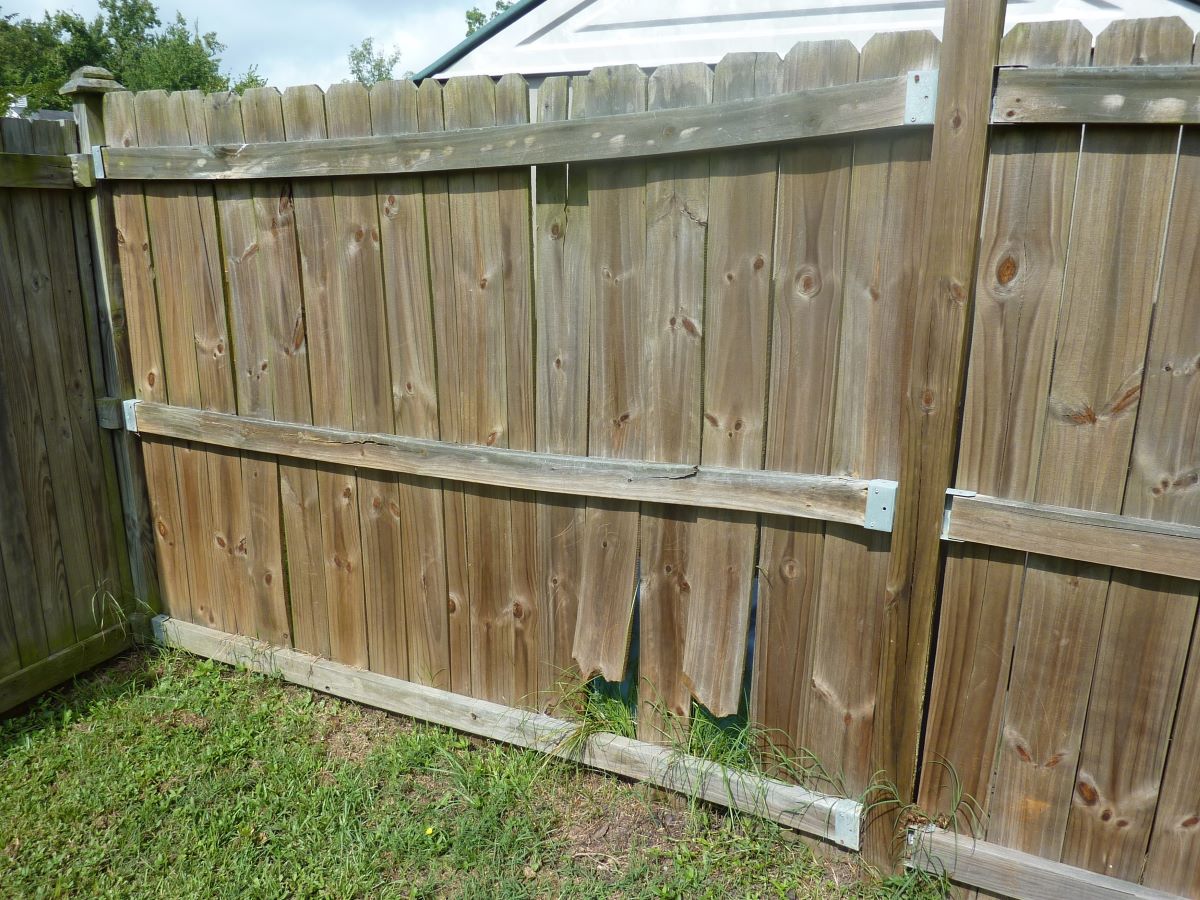

Articles
How Much Does It Cost To Replace A Wooden Fence
Modified: December 7, 2023
Find out the average cost of replacing a wooden fence in this informative article. Discover tips for budgeting and getting the best deal.
(Many of the links in this article redirect to a specific reviewed product. Your purchase of these products through affiliate links helps to generate commission for Storables.com, at no extra cost. Learn more)
Introduction
A wooden fence is a popular choice for homeowners looking for an attractive and functional way to enclose their property. Over time, however, wear and tear can take its toll on even the sturdiest of fences, necessitating their replacement. If you find yourself in this situation, you may be wondering how much it will cost to replace your wooden fence.
The cost of replacing a wooden fence can vary depending on several factors. In this article, we will explore these factors and provide you with a comprehensive guide to help you understand the costs involved.
It’s important to note that the cost of replacing a wooden fence will depend on your specific needs and preferences. The information provided here is intended to give you a general idea of what to expect, but it’s always a good idea to consult with a professional for a more accurate estimate.
Let’s delve into the factors that can influence the cost of replacing a wooden fence.
Key Takeaways:
- Replacing a wooden fence involves various factors such as length, height, wood type, and labor costs. By understanding these factors and planning for regular maintenance, homeowners can estimate and manage the total expenses effectively.
- When replacing a wooden fence, homeowners should consider factors like permits, disposal costs, and the option of hiring professionals versus DIY. By exploring alternative fencing materials and shopping around for the best deals, they can save money without compromising on quality.
Read more: How Much Would A Wooden Fence Cost
Factors Affecting the Cost of Replacing a Wooden Fence
When it comes to replacing a wooden fence, there are several factors that can impact the overall cost of the project. Understanding these factors can help you plan and budget accordingly. Here are the key factors:
- Fence Length: The length of the fence is one of the primary factors affecting the cost. As you might expect, the longer the fence, the more materials and labor will be required.
- Fence Height: The height of the fence will also have an impact on the cost. Taller fences require more materials and may require additional structural support, which can increase the overall expense.
- Type of Wood: The type of wood you choose for your new fence will play a significant role in the cost. Common options include cedar, pine, and redwood, with prices varying depending on availability and durability.
- Fence Design: The complexity of the fence design can also affect the cost. Intricate designs, decorative elements, or customizations may require additional materials and labor, leading to higher expenses.
- Fence Condition: The condition of your existing fence can impact the cost of replacement. If the old fence is damaged or has significant rot, additional work may be needed to repair or remove it before the new fence can be installed.
Each of these factors will contribute to the overall cost of replacing your wooden fence. It’s important to consider your specific needs and budget when making decisions about these factors. Consulting with a professional can help you determine the best options for your situation.
Labor Costs Involved in Replacing a Wooden Fence
Replacing a wooden fence involves more than just the cost of materials. Labor costs are a significant consideration, as skilled professionals will be needed to complete the project. Here are the primary labor tasks involved in replacing a wooden fence:
- Removal of Old Fence: Before a new fence can be installed, the old fence must be removed. This can be a time-consuming and labor-intensive process, particularly if the existing fence has deep foundations or is heavily damaged.
- Installation of New Posts: The installation of new fence posts is a crucial step in the replacement process. The posts serve as the foundation for the fence, providing stability and support. It is essential to ensure that the new posts are installed correctly and aligned accurately.
- Fence Panel Installation: Once the new posts are in place, the fence panels can be installed. This requires careful measurement and alignment to ensure a straight and uniform appearance. The time and effort required for this task will depend on the length and height of the fence.
- Finishing Touches: After the fence panels are installed, various finishing touches may be necessary. This can include staining or painting the fence, applying sealant for weather protection, and adding decorative elements or gate hardware.
It’s important to hire experienced professionals for these labor-intensive tasks to ensure the proper installation of your new wooden fence. The cost of labor will vary depending on the complexity and size of the project, as well as the region and market rates.
Before hiring a contractor, be sure to obtain multiple quotes and thoroughly research their credentials and reputation. This will help you find a reliable professional who can deliver quality work within your budget.
Additional Expenses to Consider
When replacing a wooden fence, there are a few additional expenses that you should take into account. These expenses can often be overlooked but are important to factor into your overall budget. Here are some additional expenses that you should consider:
- Permits and Permissions: Depending on your local regulations, you may need to obtain permits or permissions before installing a new fence. These permits can come with associated fees, so it’s essential to familiarize yourself with the rules and regulations in your area and budget accordingly.
- Disposal of Old Fence Materials: The removal and disposal of your old fence materials may incur additional costs. If you decide to hire professionals for the job, they will handle the removal and disposal for you, but this service often comes with an extra charge. Alternatively, if you choose to handle the disposal yourself, you may need to rent a dumpster or pay for landfill fees.
- Hiring Professionals vs. DIY: Another consideration is whether you will hire professionals or tackle the fence replacement as a do-it-yourself (DIY) project. While DIY can save you money on labor costs, it’s important to assess your skill level and the complexity of the project. A poorly executed fence installation can result in costly mistakes that may require professional intervention down the line. Additionally, hiring professionals ensures that the work is done efficiently and to a high standard.
By considering these additional expenses, you can better plan your budget for replacing your wooden fence. Don’t forget to account for them when estimating the total cost of your project.
When budgeting for a wooden fence replacement, consider the cost of materials, labor, and any necessary permits. Get multiple quotes from reputable contractors to ensure you’re getting a fair price.
Average Cost Breakdown of Replacing a Wooden Fence
Understanding the average cost breakdown of replacing a wooden fence can help you estimate the total expenses for your specific project. Here are two key factors to consider when calculating the cost:
- Cost per Linear Foot: The cost per linear foot is a common way to estimate the expense of a fence replacement. On average, the cost can range between $15 to $30 per linear foot, depending on various factors such as the type of wood, complexity of design, and regional location. Keep in mind that this cost may not include additional expenses like labor and permits.
- Total Cost Estimation for Different Fence Lengths: To get a better understanding of the total cost, it’s helpful to estimate based on different fence lengths. Here is a breakdown of the potential costs for fences of various lengths:
- For a 100-foot fence, the average cost can range between $1,500 to $3,000.
- For a 200-foot fence, the average cost can range between $3,000 to $6,000.
- For a 300-foot fence, the average cost can range between $4,500 to $9,000.
Keep in mind that these estimates are just rough guidelines and can vary depending on the factors mentioned earlier, such as the type of wood and complexity of design. It’s always best to obtain quotes from contractors and suppliers specific to your project’s requirements for a more accurate cost estimation.
Remember, this breakdown can be used as a starting point to gauge your budget and make informed decisions about your fence replacement project.
Read more: How Much Does A Concrete Fence Cost
Tips for Saving Money on Fence Replacement
Replacing a wooden fence can be a significant investment, but there are several strategies you can employ to help save money without compromising quality. Here are a few tips to consider:
- Shop Around for Materials and Labor: Take the time to research and compare prices from different suppliers and contractors. Obtain multiple quotes to ensure you’re getting the best deal. Keep in mind that the cheapest option may not always provide the best quality, so consider the overall value when making your decision.
- Consider Alternative Types of Fencing: While wooden fences are a popular choice, there are alternative materials that can be more cost-effective. For example, vinyl or aluminum fences can offer a lower upfront cost and require less maintenance over time. Explore different options and determine which type of fencing best suits your budget and needs.
- Plan for Regular Maintenance: Proper and regular maintenance can extend the lifespan of your new fence, ultimately saving you money in the long run. Regularly inspect and treat your wooden fence to prevent rot, warping, or other damage. By keeping up with maintenance, you can avoid costly repairs or premature replacement.
By implementing these money-saving tips, you can make your fence replacement project more affordable while still achieving a durable and aesthetically pleasing result. Remember to consider the long-term costs and benefits when making decisions about materials and maintenance to ensure the best value for your investment.
Conclusion
Replacing a wooden fence is a significant project that requires careful planning and budgeting. By understanding the factors that affect the cost, considering labor expenses, and accounting for additional expenses, you can estimate the total amount needed for the replacement. Remember to obtain multiple quotes, research materials and labor, and factor in any permits or disposal fees that may be required.
While the cost of replacing a wooden fence can vary depending on factors such as fence length, height, type of wood, design, and condition, it is important to prioritize quality and durability. Investing in a well-built fence will ensure its longevity and ultimately save you money in the long run by reducing the need for frequent repairs or replacement.
If you’re looking to save money, consider shopping around for materials and labor, and exploring alternative types of fencing that can offer cost savings without compromising on functionality or aesthetics. Additionally, planning for regular maintenance and taking proactive measures to protect your fence can help prolong its lifespan and avoid costly damage
In conclusion, replacing a wooden fence requires careful consideration and budgeting. By understanding the factors affecting the cost, exploring alternatives, and planning for regular maintenance, you can successfully replace your wooden fence while keeping within your budget. Consult with professionals to assess your specific needs and get accurate estimates. With proper planning and implementation, you can enjoy a new, sturdy, and visually appealing wooden fence to enhance the beauty and security of your property.
Frequently Asked Questions about How Much Does It Cost To Replace A Wooden Fence
Was this page helpful?
At Storables.com, we guarantee accurate and reliable information. Our content, validated by Expert Board Contributors, is crafted following stringent Editorial Policies. We're committed to providing you with well-researched, expert-backed insights for all your informational needs.

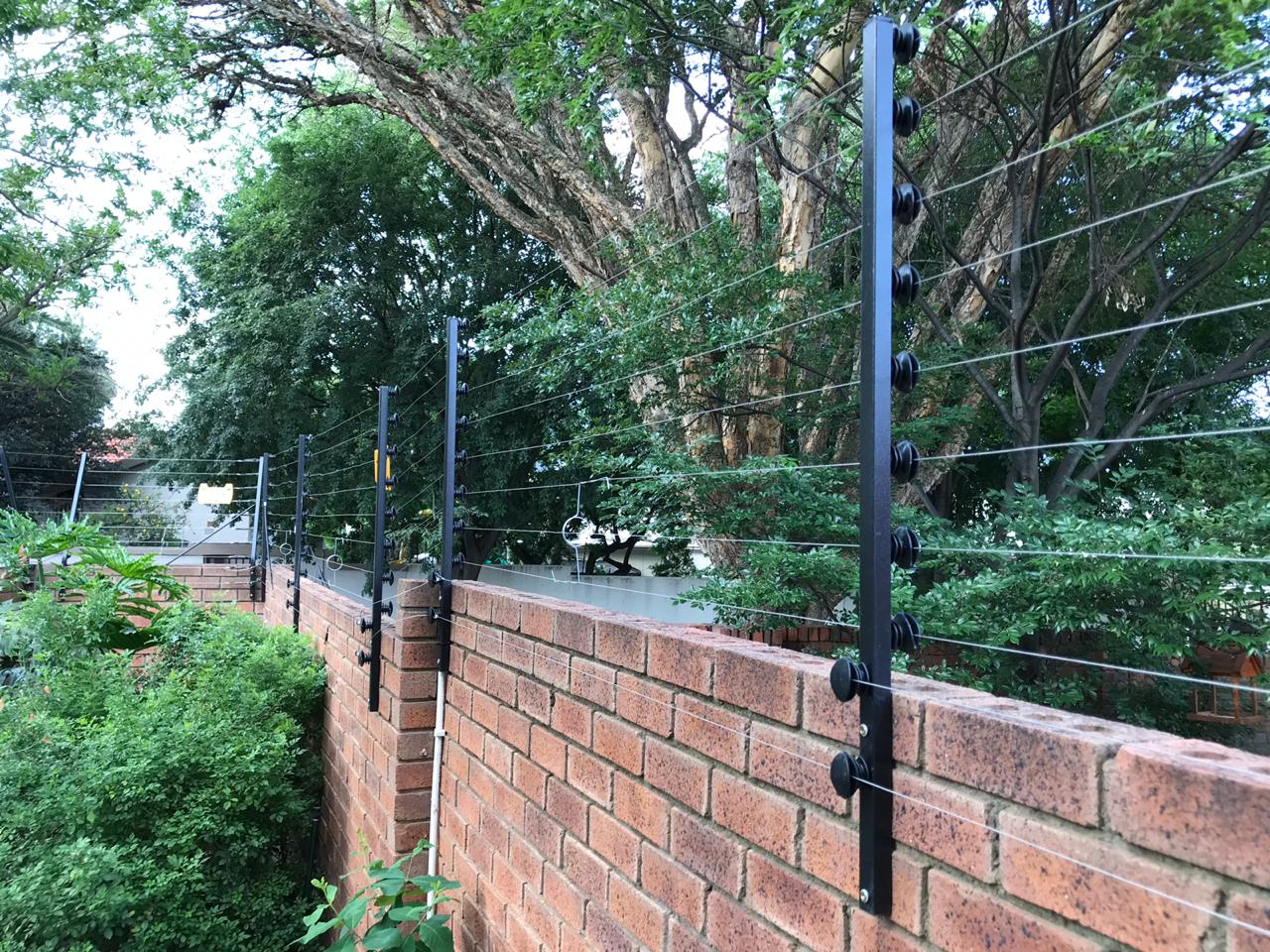
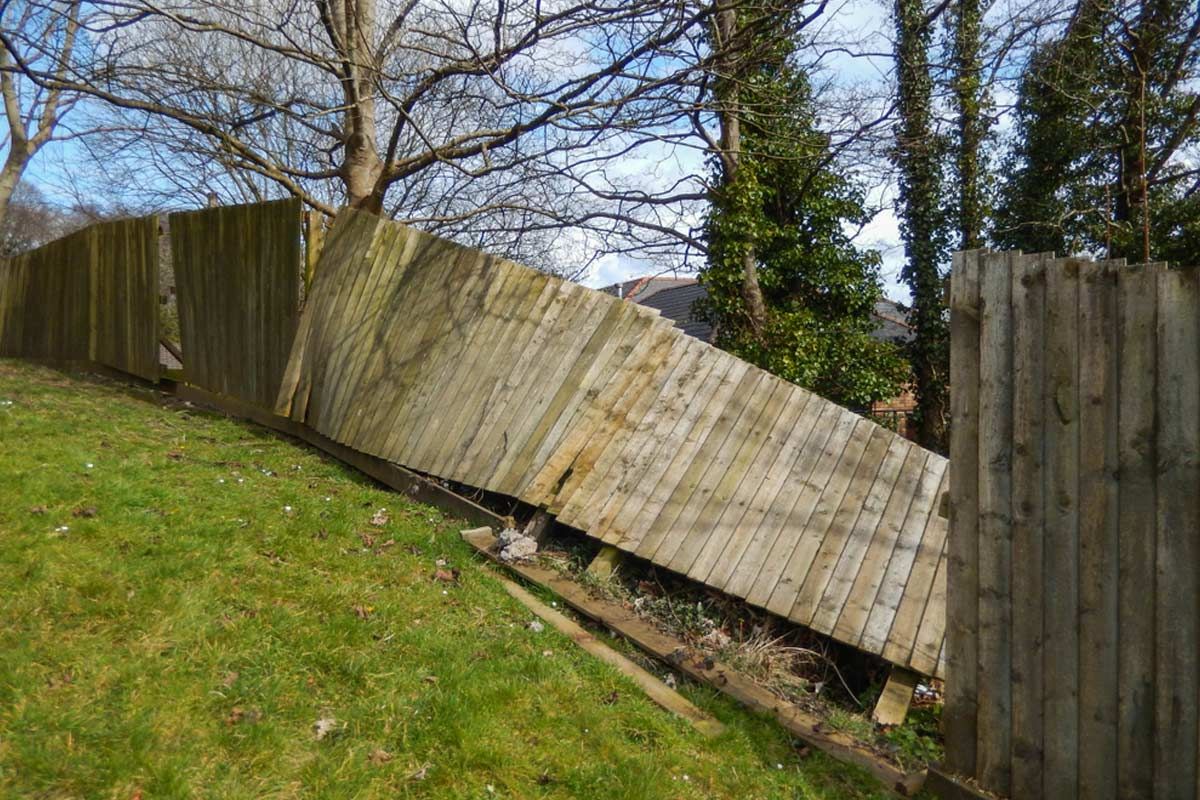
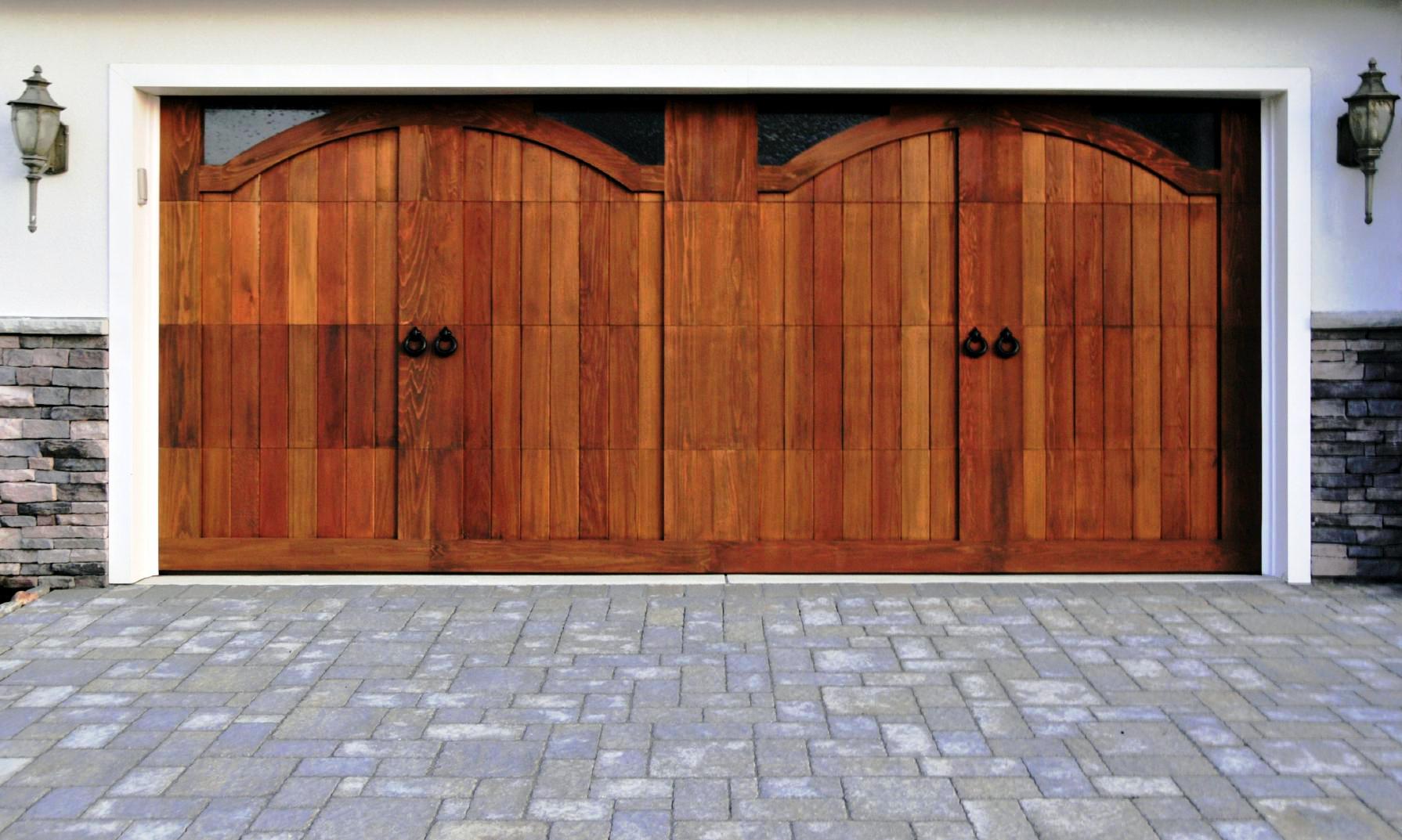
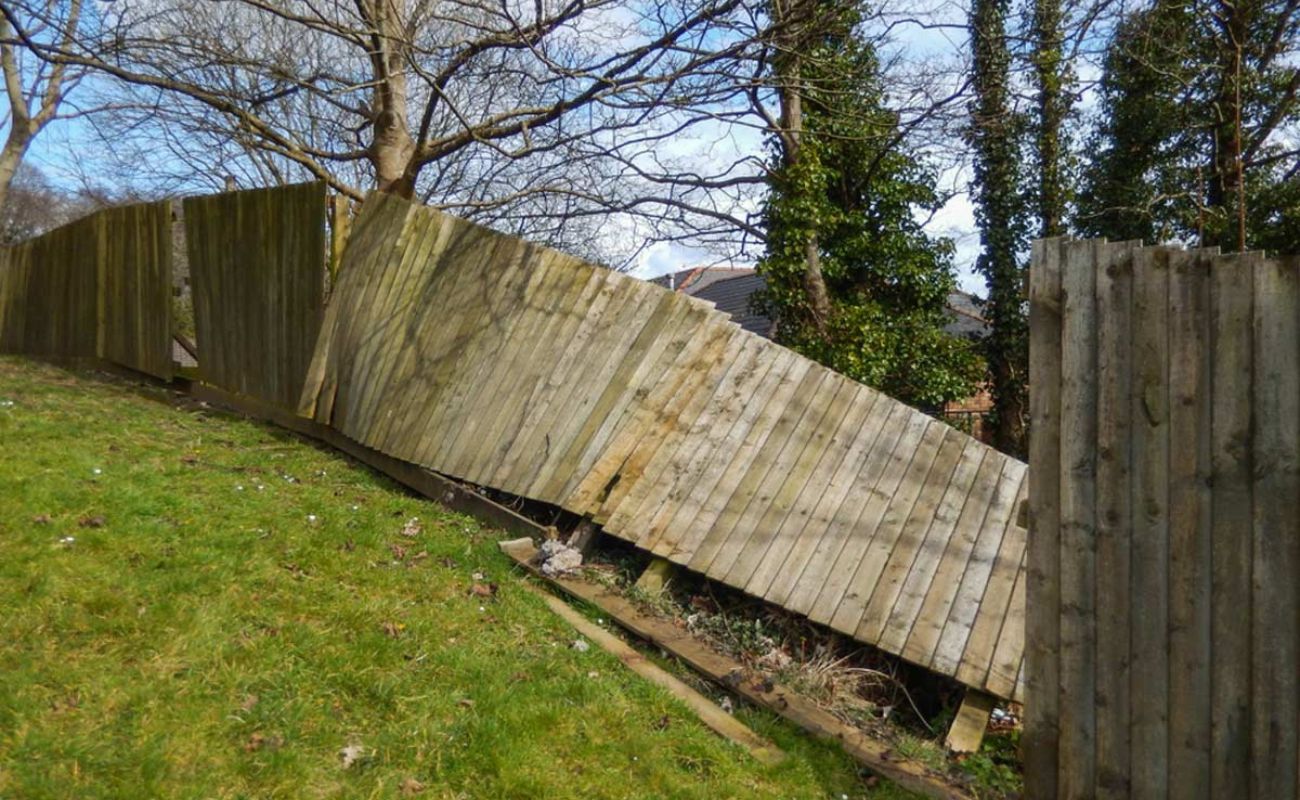
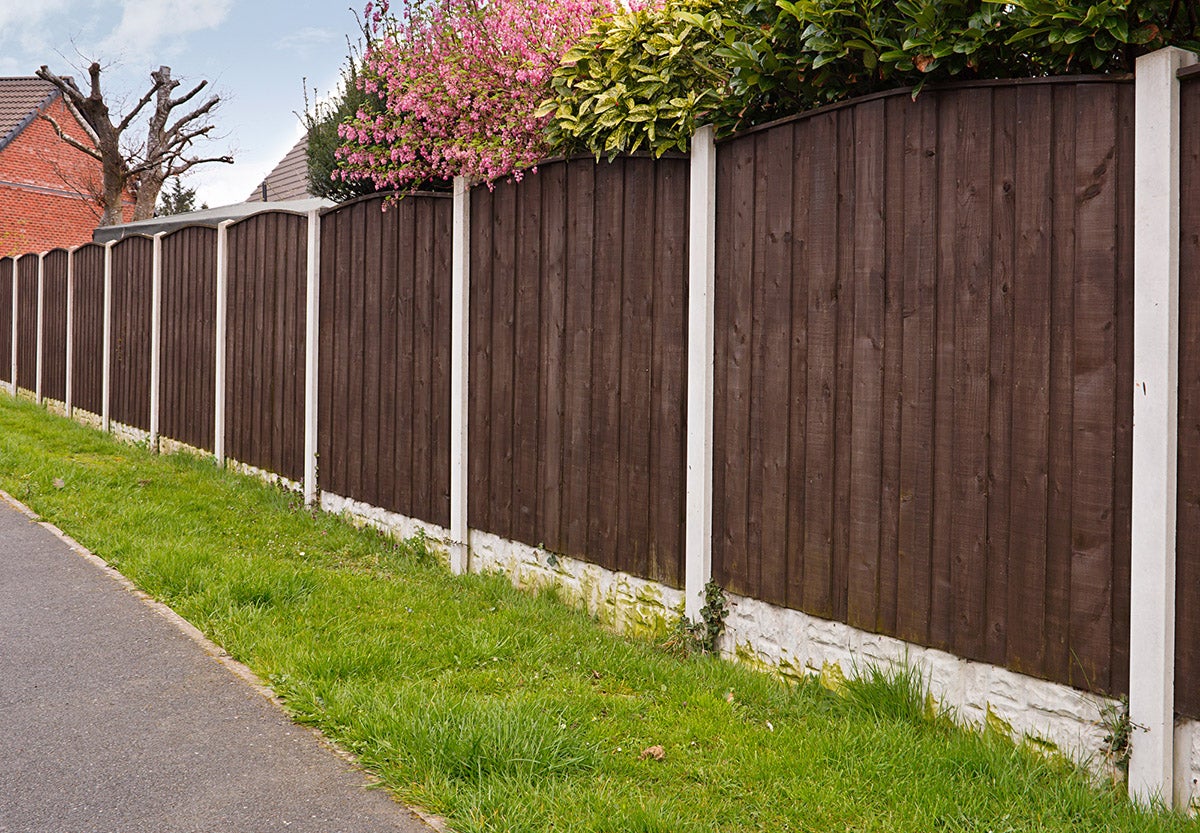
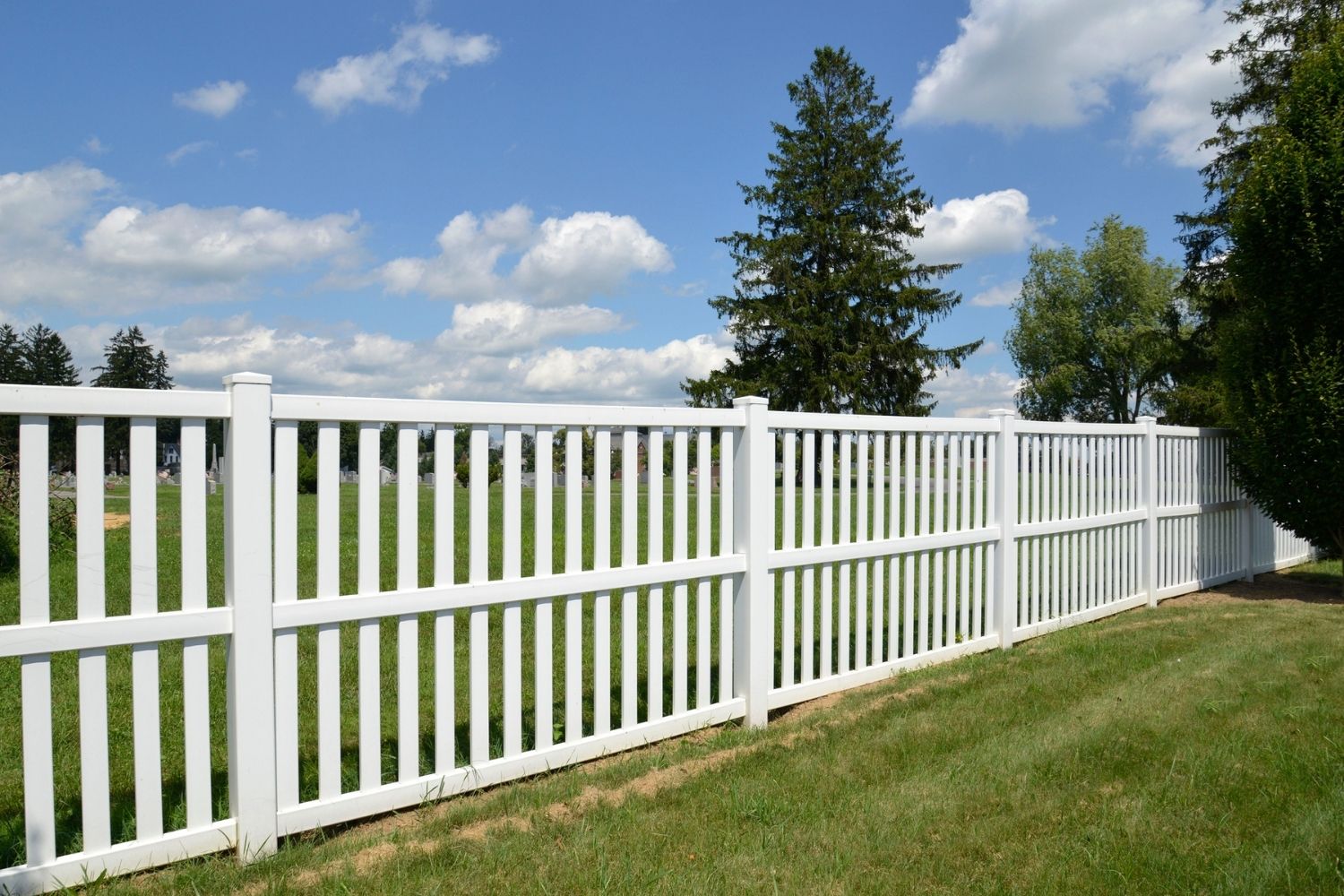
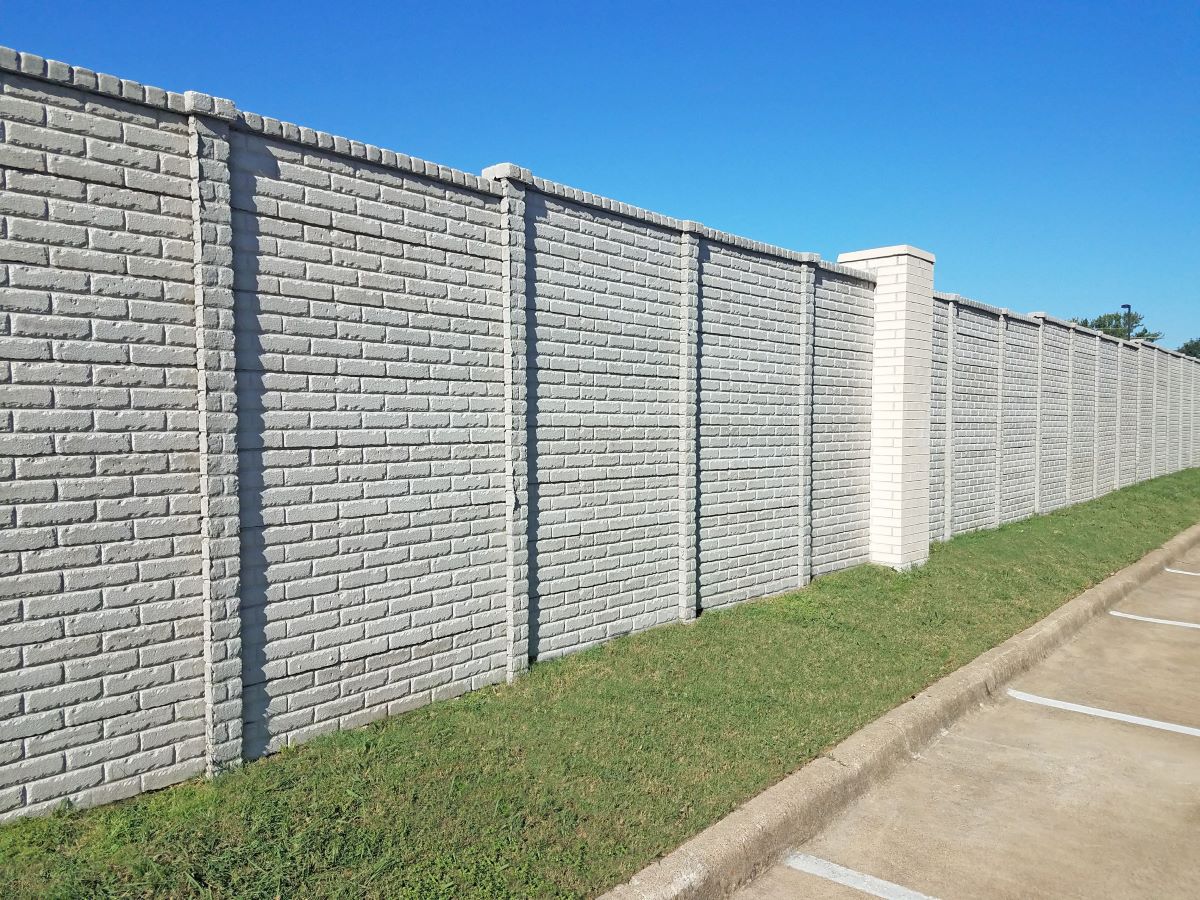
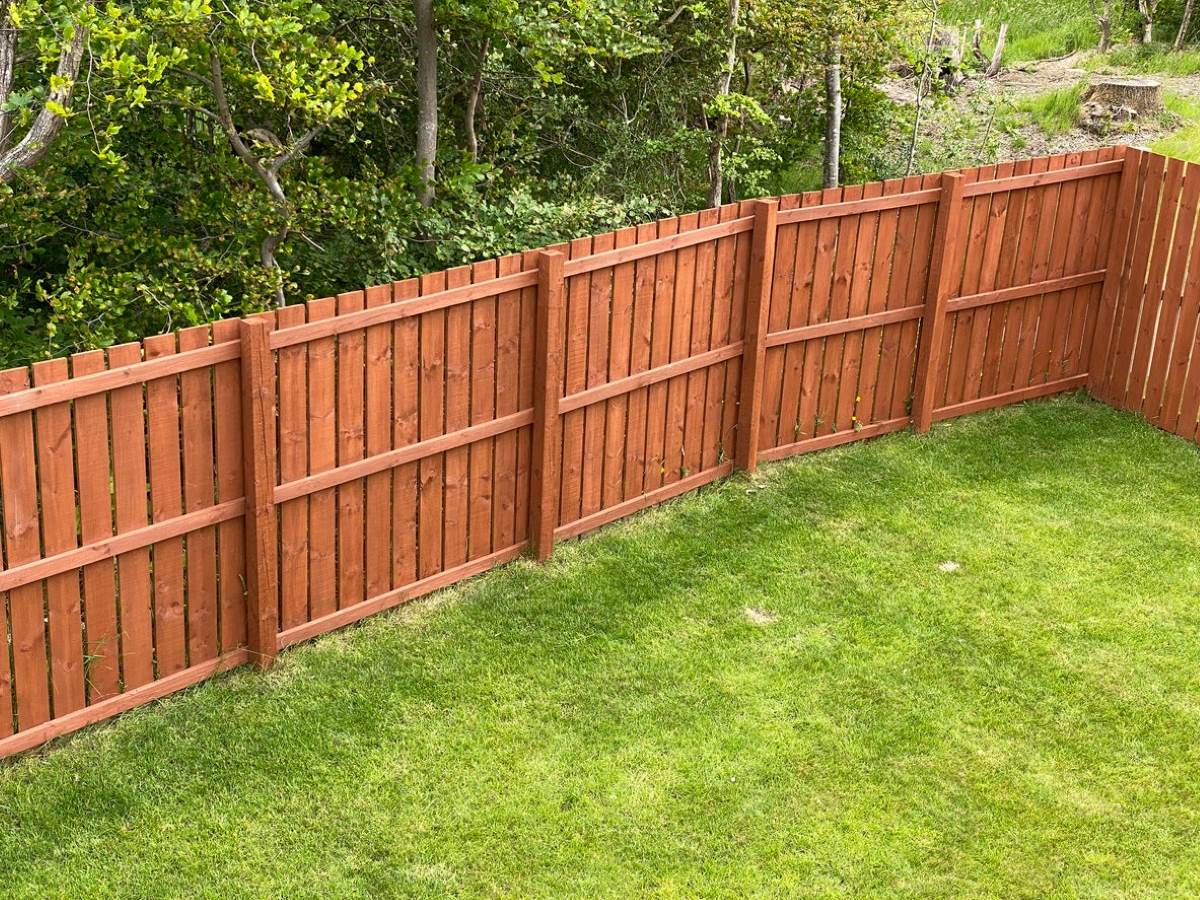


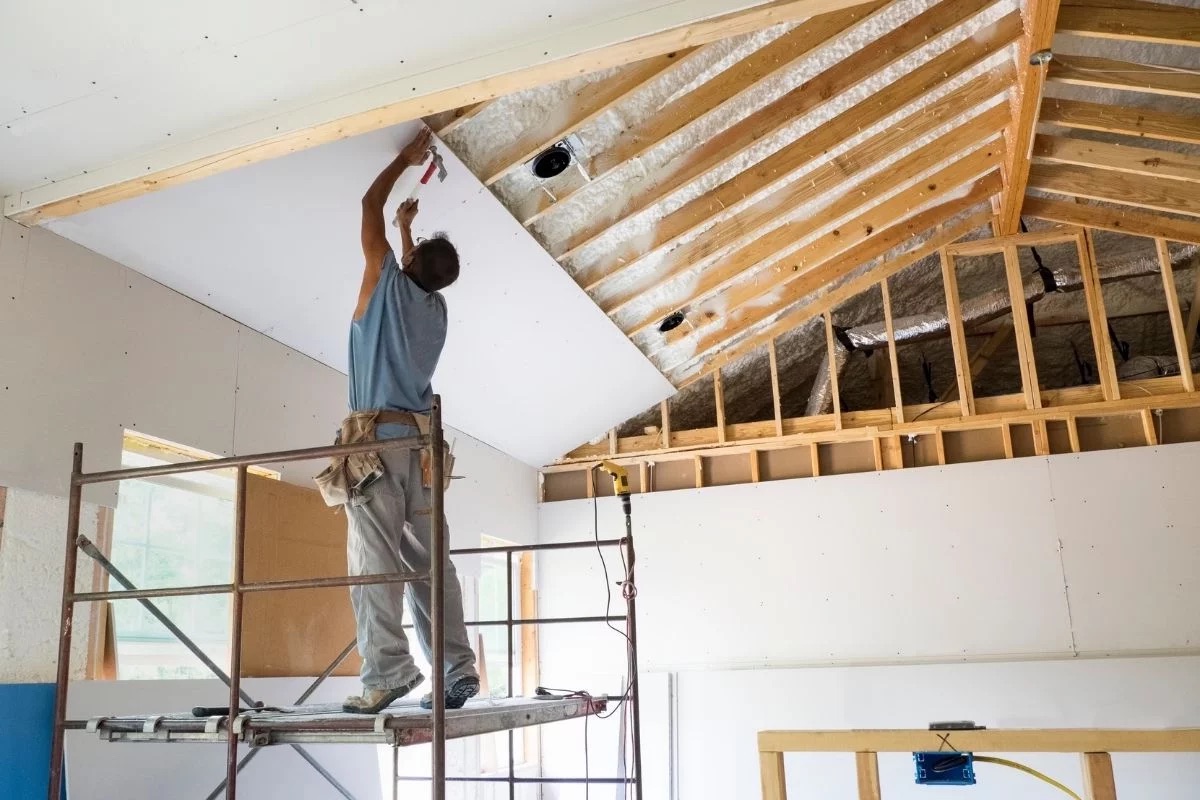
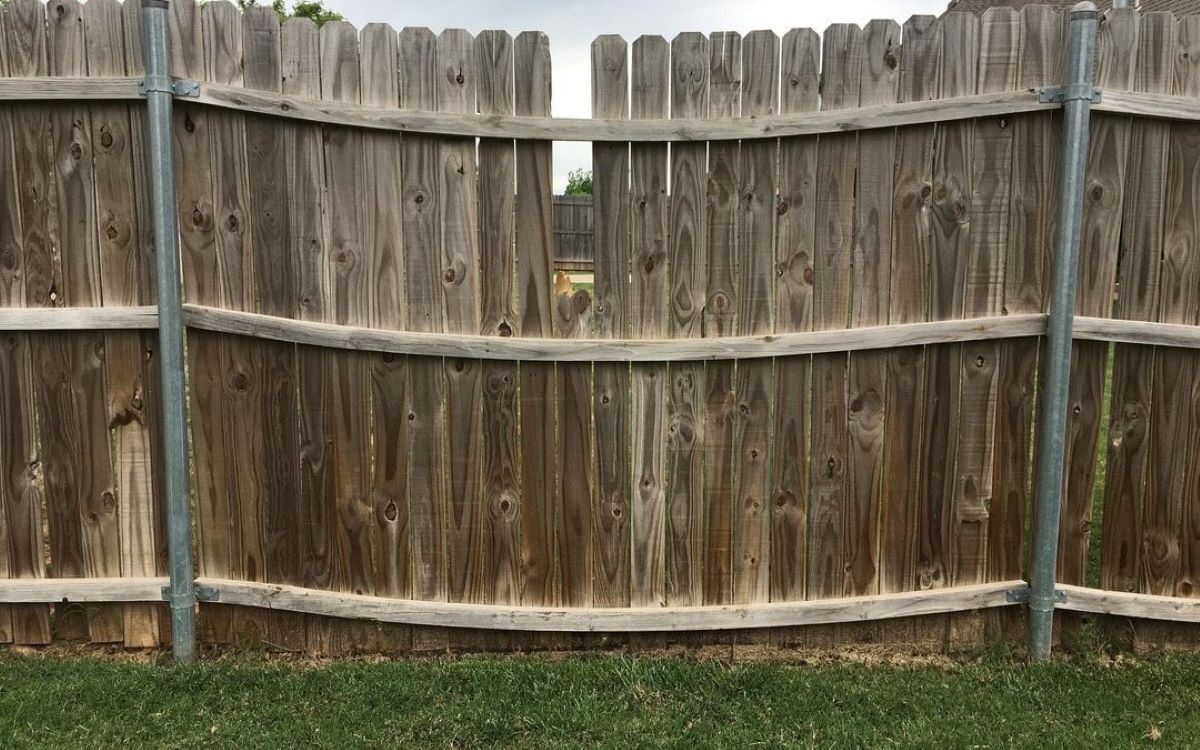
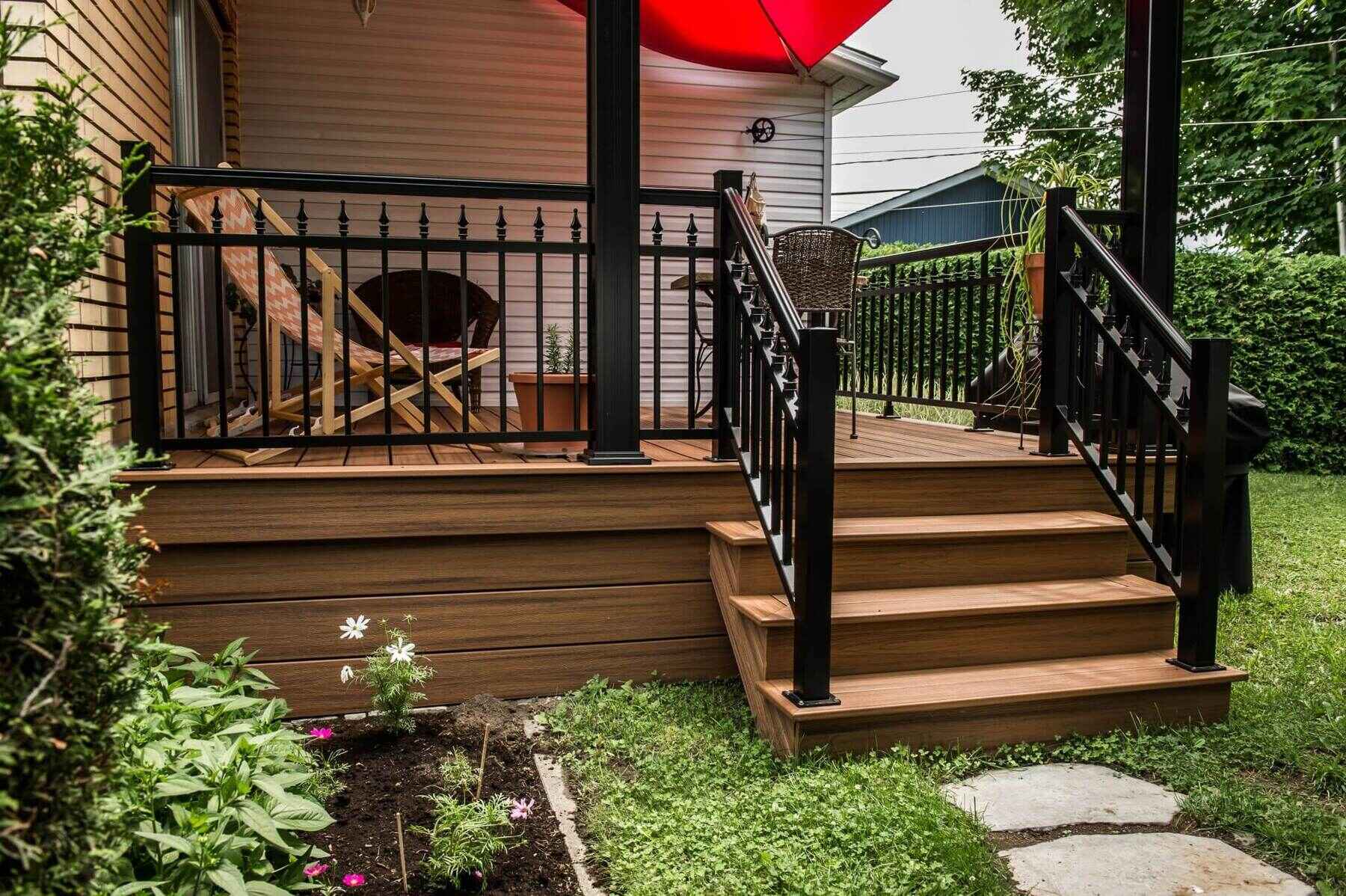

0 thoughts on “How Much Does It Cost To Replace A Wooden Fence”